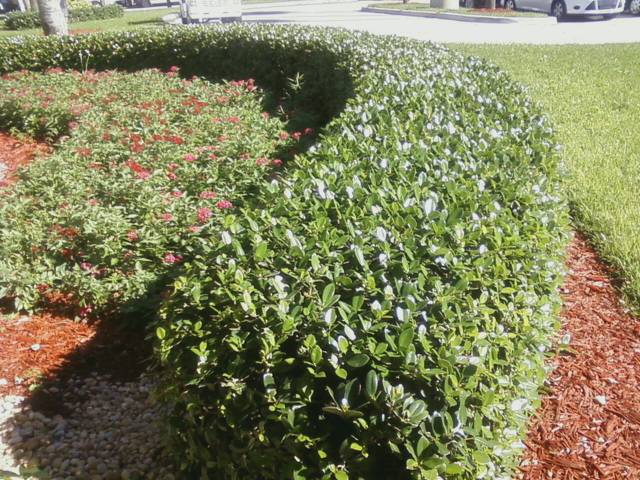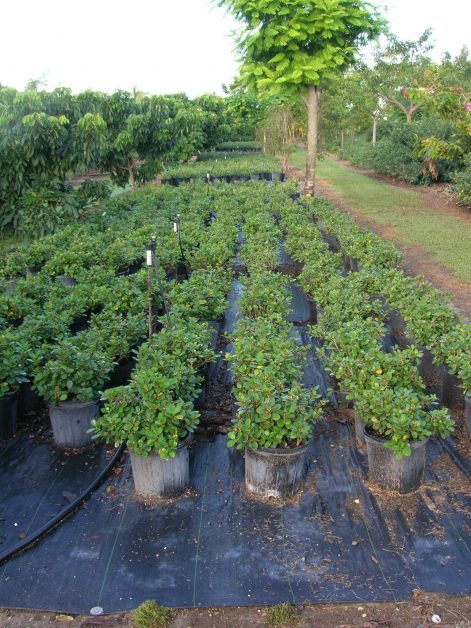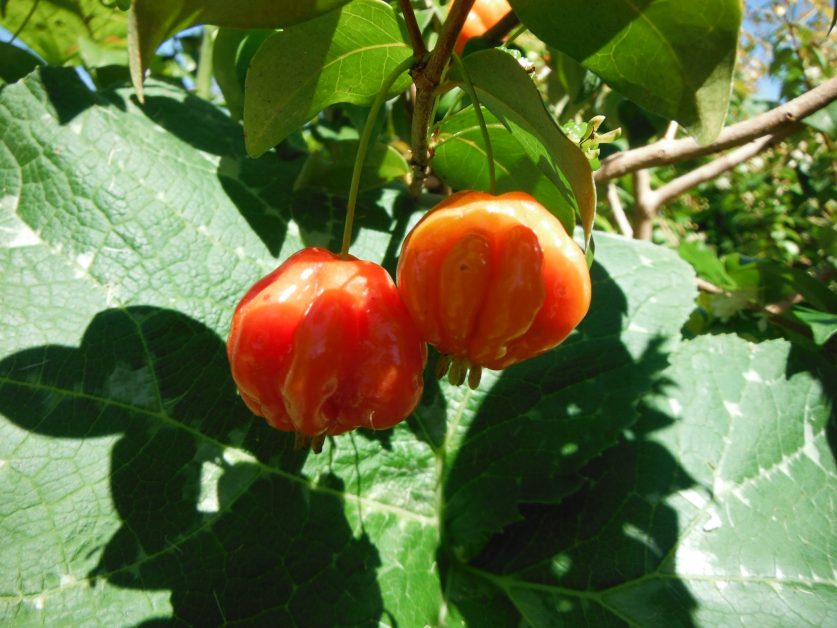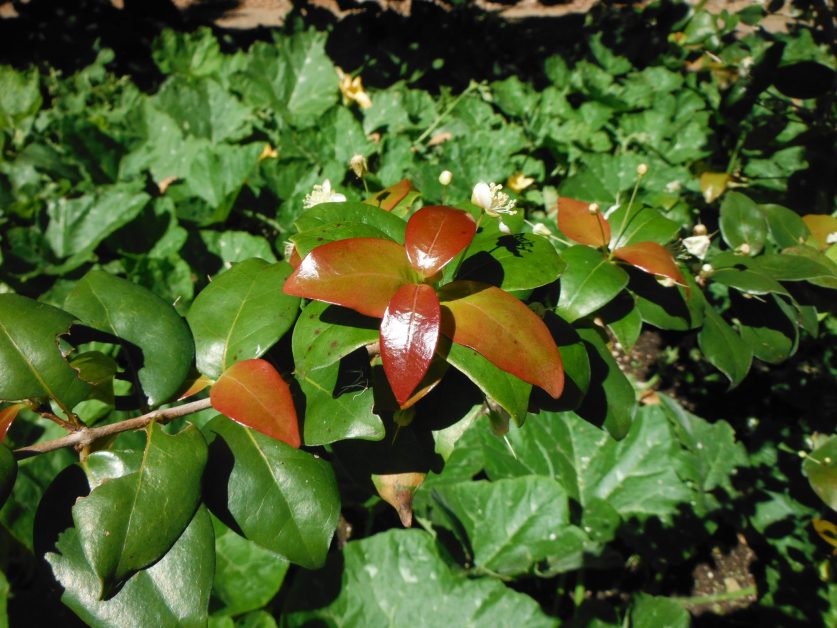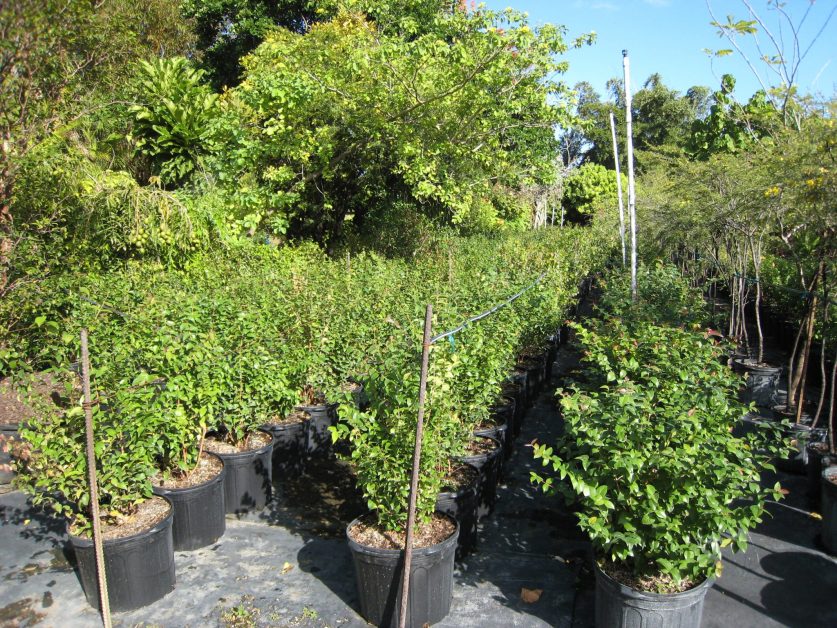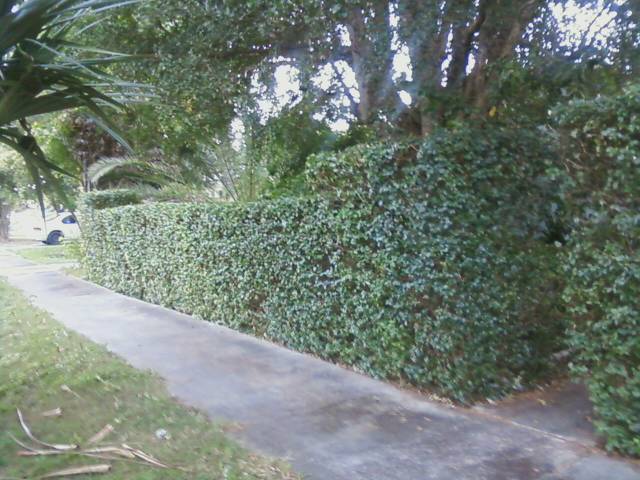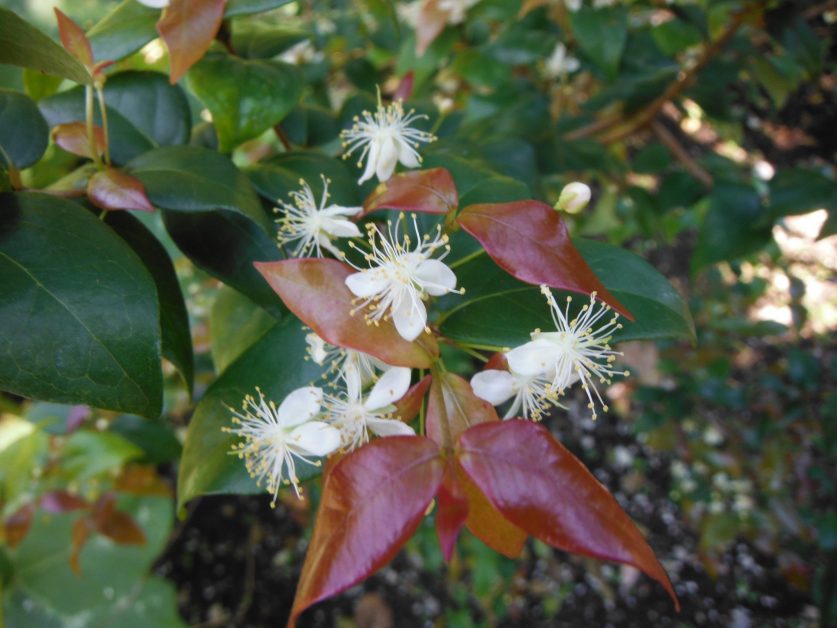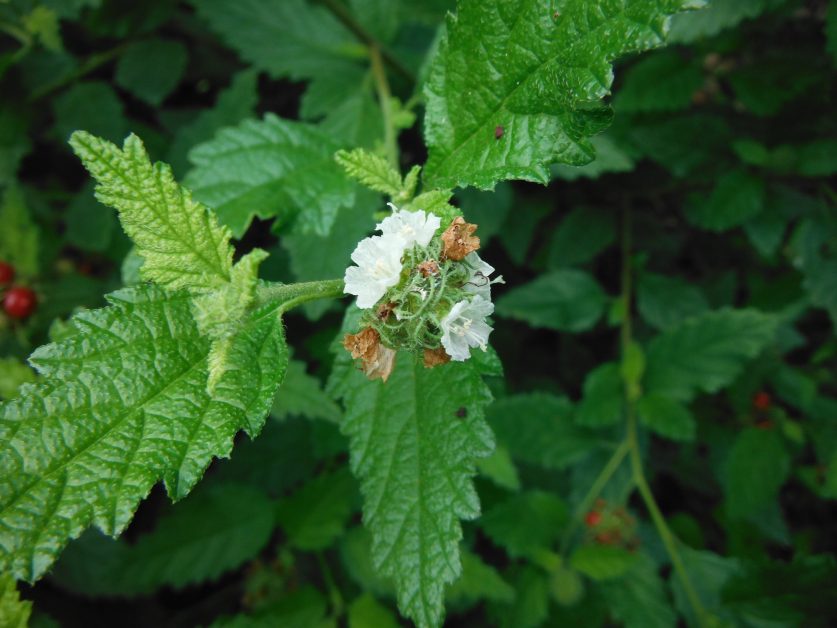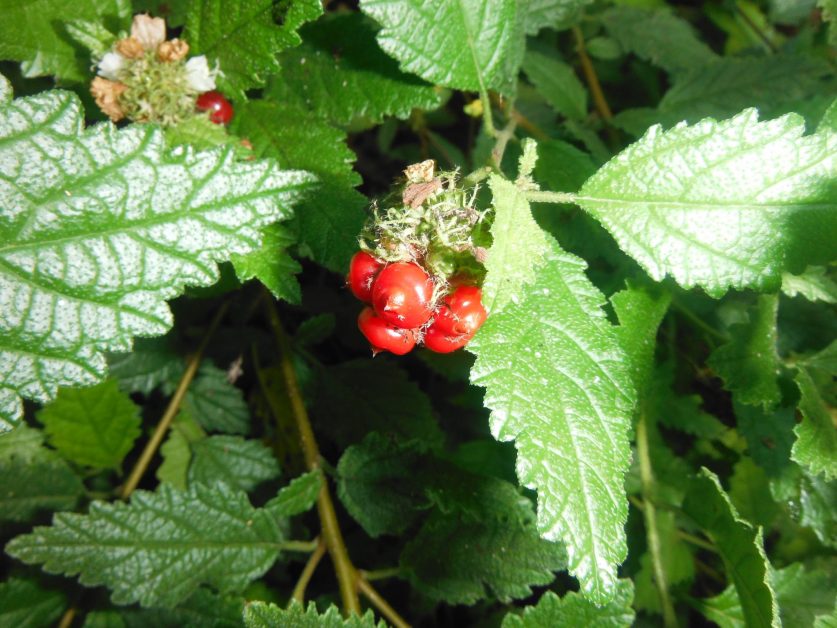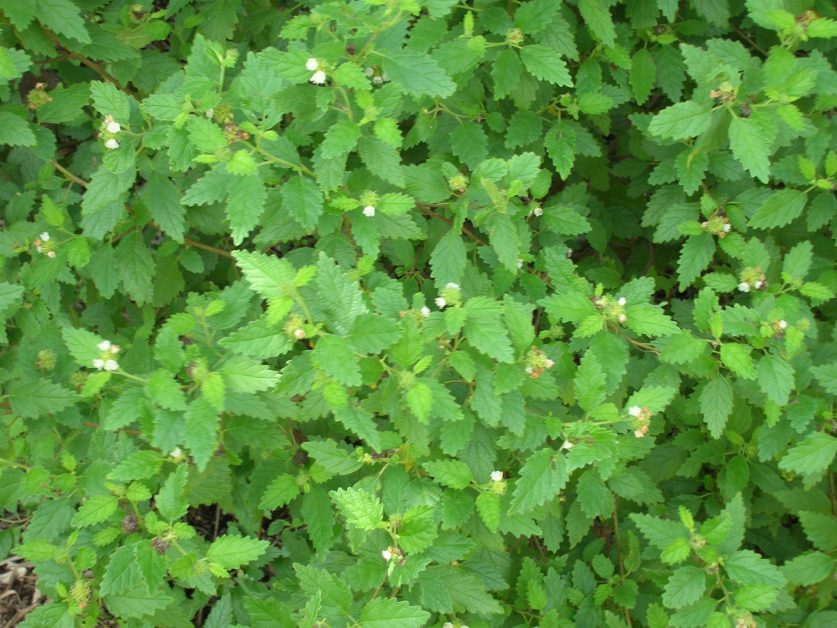Talk About Hedges!
If you’re at all like me, you value your privacy. Around your property, one way to help ensure privacy is to install a good hedge. Contrary to what some growers will tell you, not every hedge plant is capable of fulfilling homeowners’ needs for a dense, long-lasting screening material. It may sound like heresy for me to say this, but I am not particularly fond of Clusia as a hedge. Although it is a fine native species, it insists on being a tree. While regular pruning will control it to some degree, eventually it will develop a trunk and lose its lower branches, rendering it ineffective as a screen. Accordingly, I’d like to recommend some species that measure up to my idea of what makes a great hedge:
(1) Surinam Cherry (Eugenia uniflora) – This South American native combines small leaves with a dense growth habit to create a very attractive privacy hedge. Although it is capable of reaching 25 ft. if left untrimmed, it remains foliated from top to bottom. Its new leaves are coppery or bronzy in color, and it produces a red fruit in early spring that is sweet to tart, depending upon the cultivar. Surinam Cherry is available at Richard Lyons’ Nursery in 3- and 7-gal. containers.
(2) Yew (Podocarpus spp.) – The narrow, glossy leaves of this conifer give it a distinctive look. Though capable of growing quite tall if left alone, it is very amenable to pruning to keep it within the bounds that you prefer. Two bits of advice: These species grow slowly, so be patient. To achieve optimum screening capacity, plant Podocarpus where there is room for it to broaden. It is available at the nursery in 3- and 7-gal. containers.
(3) Brazilian Red Cloak (Megaskepasma erythrochlamys) – This native of Central America and northern South America is particularly recommended as hedge material for shady sites. It possesses large, glossy leaves, and it will grow to 6-8 ft. tall in less than a year, providing a nearly instant screen. As bonuses, it produces beautiful spiked or plumed flowers, and it attracts hummingbirds. Richard Lyons’ Nursery stocks this species in 3-gal. containers.
(4) Green Island Ficus (Ficus macrocarpa) – Don’t let the genus name spook you; this Ficus has a friendly root system. It is, in my view, one of the best new plant introductions of the last two decades. It grows best in full sun, but can handle some shade. Not only does it stay full from top to bottom with proper pruning, but it is virtually free of disease or insect problems, and it tolerates drought, flooding, salt and chlorine. With those features, who cares if it’s a little slow? It is available in 3-, 7- and 15-gal. sizes.
(5) Fukien Tea (Carmona retusa) – This Asian species has gone through a couple of name changes, but one thing is constant: Fukien Tea makes a great privacy hedge. It features small, glossy green leaves, white flowers and red fruit. Plant in full sun to light shade, and provide good drainage. The nursery carries this species in 3-gal. containers.
(6) Chapman’s Cassia (Senna mexicana var. chapmanii, a/k/a Cassia bahamensis, a/k/a Cassia chapmanii) – Here’s another fine hedge with shifting nomenclature. It is native to the pine habitats of southern Florida, as well as to the Bahamas. At home in full sun to partial shade, Chapman’s Cassia features attractive foliage and year-round bright yellow flowers. It attracts sulphurs and other butterflies. It is available in 1-gal. containers at the nursery.
(7) Butterfly Sage (Cordia globosa) – Also known as Bloodberry, this plant features extremely dense growth of small, rough-textured leaves. Excellent at attracting butterflies and birds, it produces clusters of small, aromatic white flowers, followed by red fruit. It performs well in full sun to partial shade, and has good salt and drought tolerance. It is native to southern Florida. Richard Lyons’ carries this desirable hedge material in 3-gal. containers.
(8) The several species known collectively as stoppers perform well as privacy screens, but none does it better than Simpson’s Stopper. For a fuller exploration of this interesting group of plants, please read “The Stoppers (Myrtaceae),” posted on this website on March 2, 2013. Not only do they make good hedge material, but they excel at attracting wildlife. The nursery stocks the stoppers in 3- and 7-gal. sizes.
- Ficus microcarpa (Green Island Ficus)
- Ficus microcarpa (Green Island Ficus)
- Eugenia uniflora (Surinam Cherry)
- Eugenia uniflora (Surinam Cherry)
- Eugenia uniflora (Surinam Cherry)
- Eugenia uniflora (Surinam Cherry)
- Eugenia uniflora (Surinam Cherry)
- Cordia globosa (Butterfly Sage)
- Cordia globosa (Butterfly Sage)
- Cordia globosa (Butterfly Sage)
